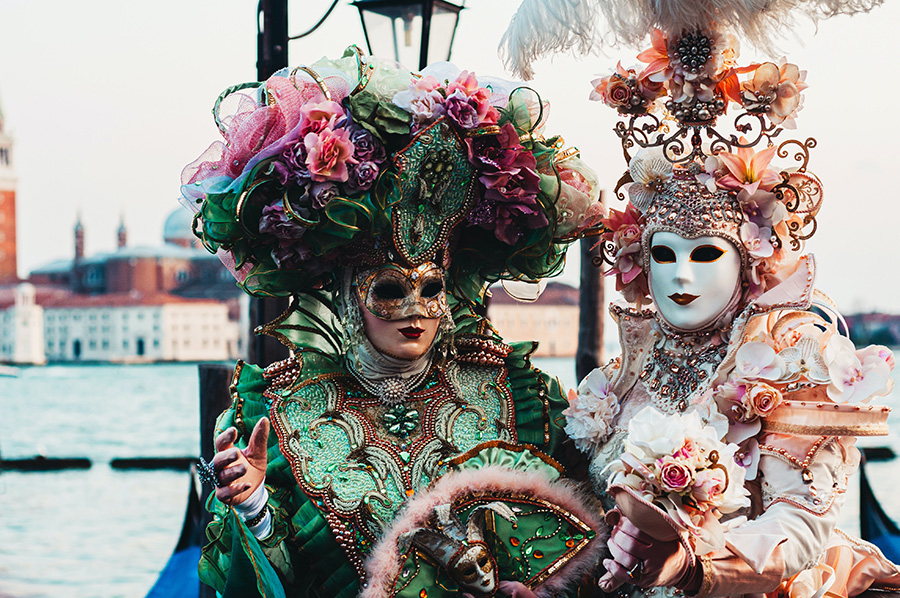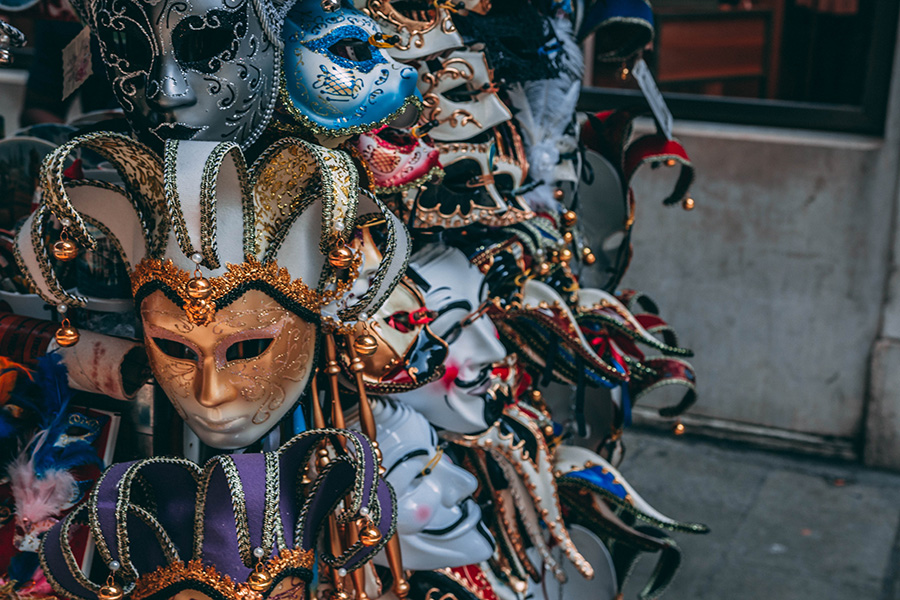Why is Mardi Gras Celebrated – History and Traditions
By Catalogs Editorial Staff
Also known as Carnival or Carnaval, Mardi Gras is a Christian holiday celebrated in many countries around the world – mainly those whose population mostly includes Roman Catholics. It is a popular cultural phenomenon that dates back thousands of years to pagan spring and fertility rites and is observed on the day before the religious season of Lent begins. Some of the most famous public festivities of the holiday are hosted in New Orleans, Brazil, and Venice, as thousands of tourists and revelers gather there every year.
However, most people aren’t aware of the history of Mardi Gras. There is a unique purpose and story behind everything you experience during the Carnival, and understanding the meaning behind these traditions will make your experience so much more special.

What is Mardi Gras?
Like a lot of holidays and festivals that are now believed to be Christian (Christmas, Easter, Halloween, etc.), Mardi Gras also finds its roots in pagan tradition. This was a time to celebrate spring and fertility for them, including the raucous Roman festivals of Saturnalia (origin of Christmas) and Lupercalia (origin of Valentine’s Day).When Christianity arrived in Rome in the 17th century, religious leaders found that abolishing these local traditions would be difficult. Therefore, they decided to incorporate these in the new faith. As a result, the season of Mardi Gras became a prelude to Lent, the 40 days of fasting and penance between Ash Wednesday and Easter Sunday. Consequently, as Christianity spread to other European countries, Mardi Gras also became more popular.
Before you continue reading about the Why is Mardi Gras Celebrated – History and Traditions there is a special announcement we would like to share with you. Catalogs.com has negotiated special medicare rates for our vibrant community of seniors. If you are over the age of 60, you can head over to our Seniors Health Section which is full of information about medicare. All you need is your zip code and a few minutes of your time to potentially save 100s of dollars on your medicare bills.
However, the practice wasn’t an official celebration yet and was represented by excess debauchery during this season.
The term Mardi Gras was later coined in France. Mardi is the French word for Tuesday, and gras means fat. Traditionally, merrymakers would binge on the rich and fatty foods, including meat, cheese, eggs, lard, and milk, which remained in their homes in the days leading up to Lent. This practice was done in anticipation of several weeks of different types of fasting and only eating fish. Therefore, the day before Ash Wednesday came to be known as Mardi Gras, or Fat Tuesday, in France.
The other common name for the festival – carnival – also comes from this feasting tradition. Carnelevarium means to take away or remove the meat in Medieval Latin, from the Latin word for meat – carnem.
New Orleans Mardi Gras
On March 2, 1699, the first Mardi Gras took place in America, when French explorers Pierre Le Moyne d’Iberville and Sieur de Bienville landed near present-day New Orleans, Louisiana. They referred to their landing spot as Point du Mardi Gras when they realize it was the eve of the festive holiday and held a small celebration.The following decades saw New Orleans and other French settlements marking the holiday with street parties, masked balls, and lavish dinners.
However, when the Spanish took control of New Orleans, they abolished these rowdy rituals. This ban remained enforced until Louisiana became a U.S. State in 1912. But since the practice had become outdated by this time, the lifting of the ban didn’t result in people starting to celebrate Mardi Gras again.

Mistik Krewe of Comus – The Secret Society Responsible for Modern Celebration of Mardi Gras
Beginning as an impromptu celebration in the early 1700s, Mardi Gras was regularly banned or canceled due to the destructive drunker parties being the main celebration of the festival. However, a secret society that would later come to be known as Mistik Krewe of Comus formed New Orleans in 1827 to elevate the chaotic experience. They replaced the debauchery with lavish balls and parades, which set the tone for the future public celebrations in the city.Their endeavor proved successful, as ten years later, the first official New Orleans Mardi Gras took place – a tradition that continues to this day. In fact, the Fat Tuesday celebration eventually garnered much support and enthusiasm in New Orleans, which later established itself as the Mardi Gras capital of the country.
Even today, there are more than 70 secret societies, or Krewes, involved in Mardi Gras Festivities. Though they have now become more innovative than in the past, incorporating other traditions and even pop culture references into the societies. For instance, the Krewe of Chewbacchus is one of the more unusual secret societies as it combines the popular and lovable character from Star Wars, Chewbacca, with the Greek God of wine, Dionysus.
Each Krewe builds a float to represent their specific theme for the parade days and features a celebrity guest to regal their audience.

Traditional Colors
Mardi Gras is known for its traditional colors – purple, green, and gold. Although we don’t have a clear idea of how these colors came to symbolize the festivities, it is rumored that it is because of Grand Duke Alexis. When he visited the celebration in 1872, his welcoming committee handed out purple, green, ad gold beads to the party-goers that yet. Later on, the colors were given meanings to symbolize the festival: purple for justice, green for faith, and gold for power.
The King Cake
Another lasting tradition of Mardi Gras is the famous King Cake. It is believed that the story of these glazed and frosted pastries dates back to Medieval Times, when French, when the French, Spanish, and Belgian cultures commemorated the 12th day of Christmas with sweets and gifts. Biblically, this would be when newborn baby Jesus was being visited by kings as they brought sweets and gifts of their own. That’s where the king in king cake comes from. At the same time, the symbolic circular shape is created to resemble the King’s crown.Today, these cakes are fried, glazed, and frosted, typically in the Mardi Gras colors. As a tradition in some places, most cakes are baked with a tiny baby figurine on the inside. Whoever finds the toy is supposed to host the next big party of the festival.
Popular Savings Offers
Other lasting customs of the celebration include wearing symbolic masks, throwing beads and other trinkets, and decorating floats.


.jpg)


.jpg)





